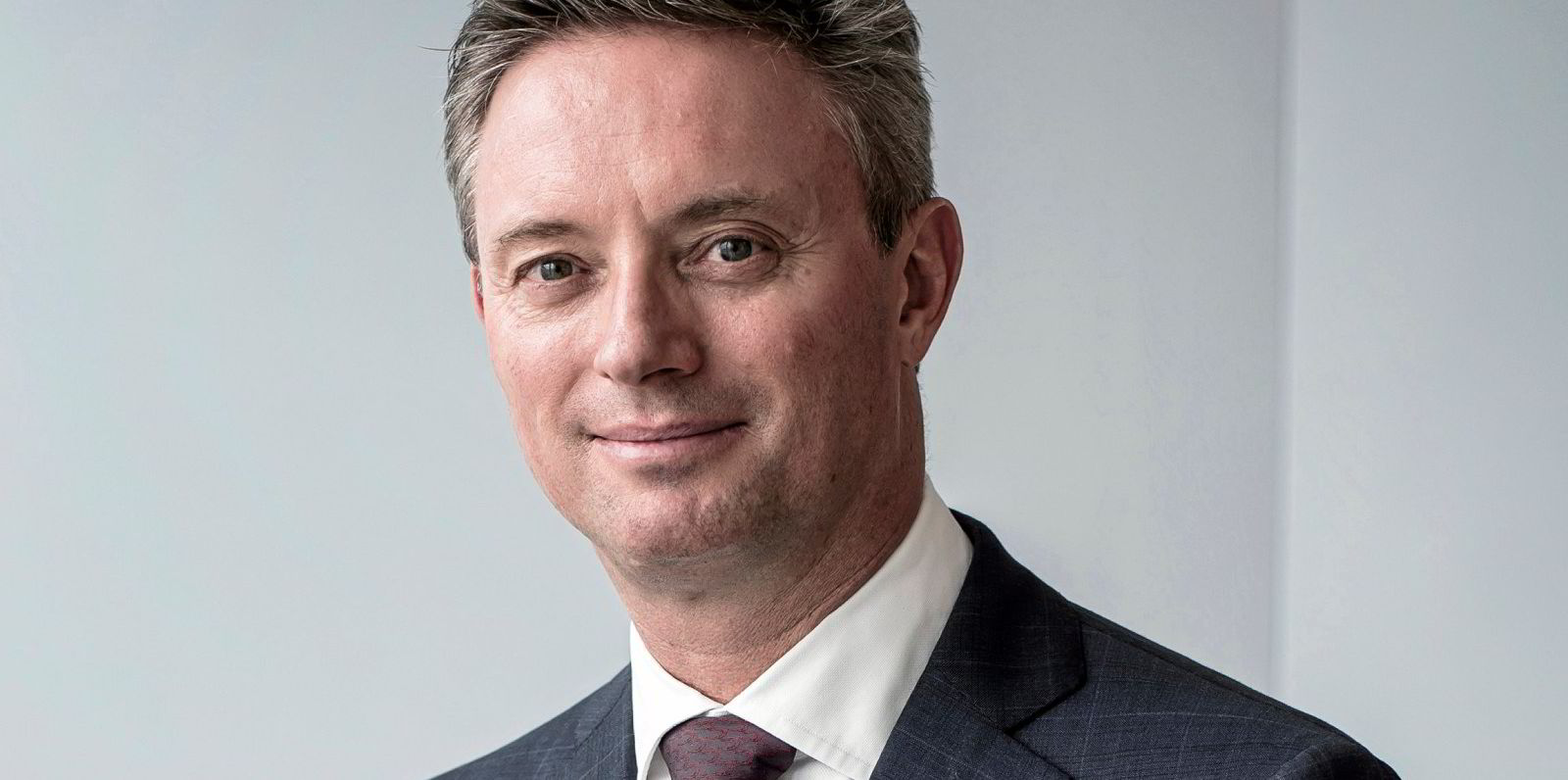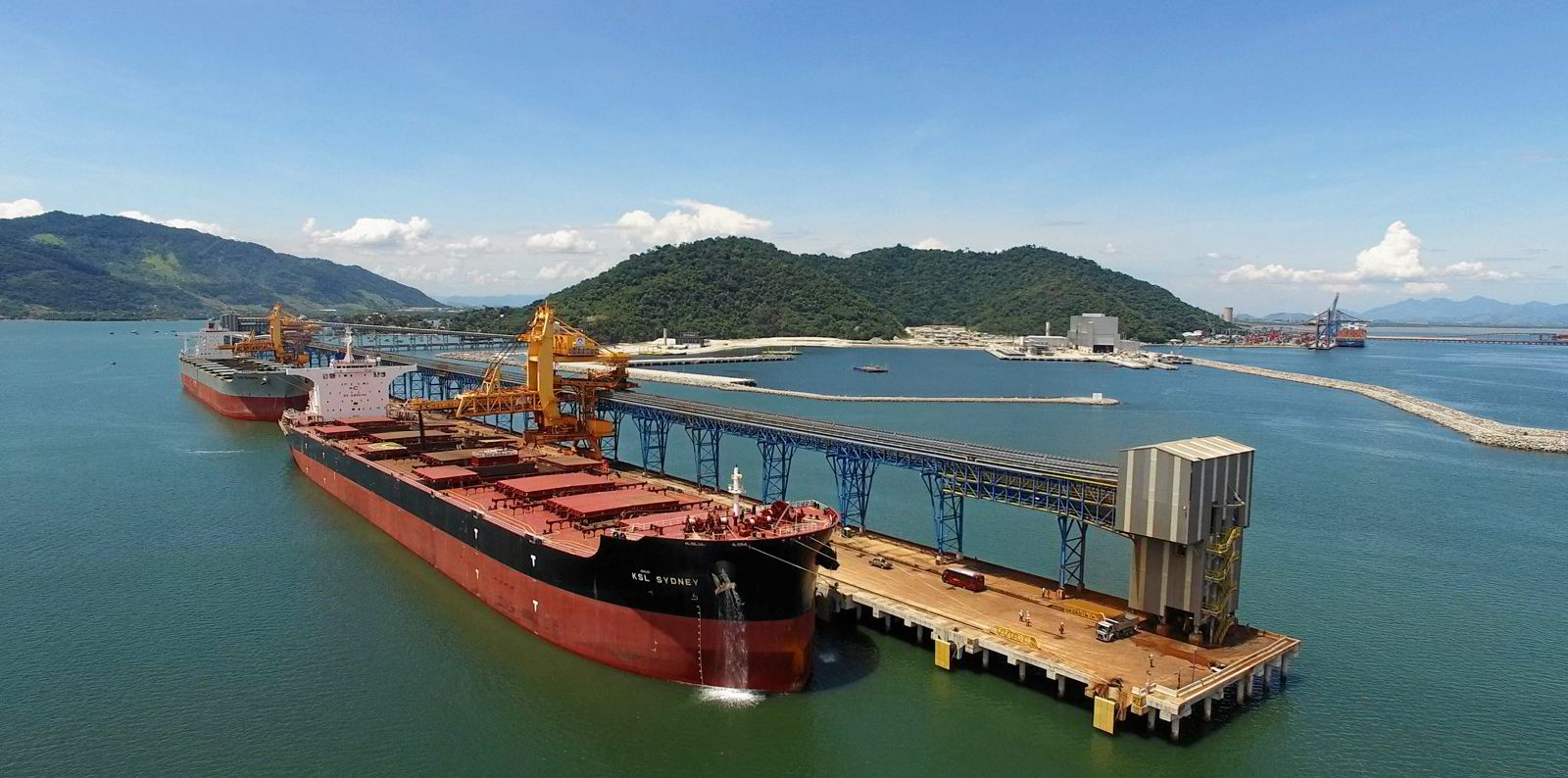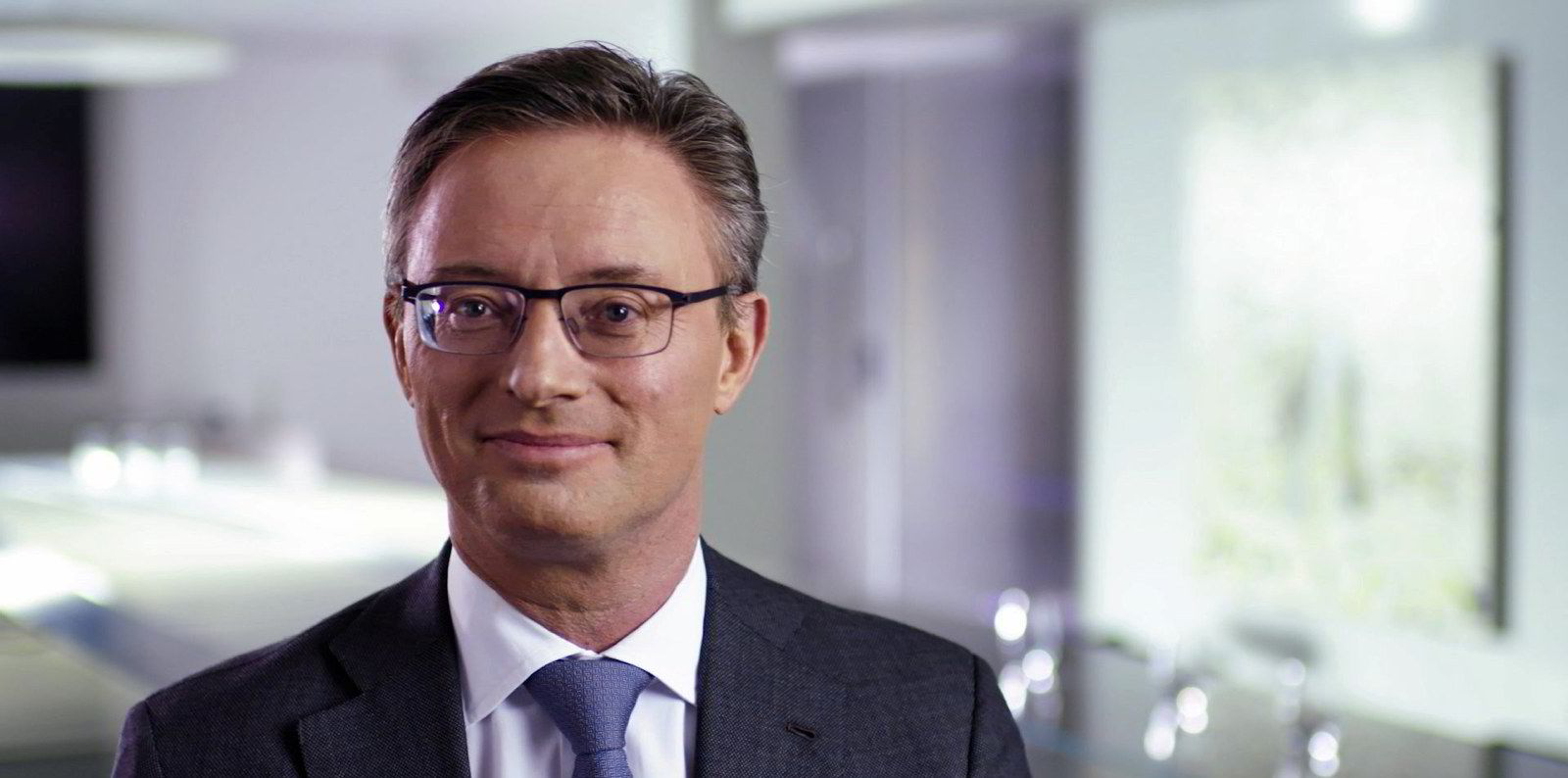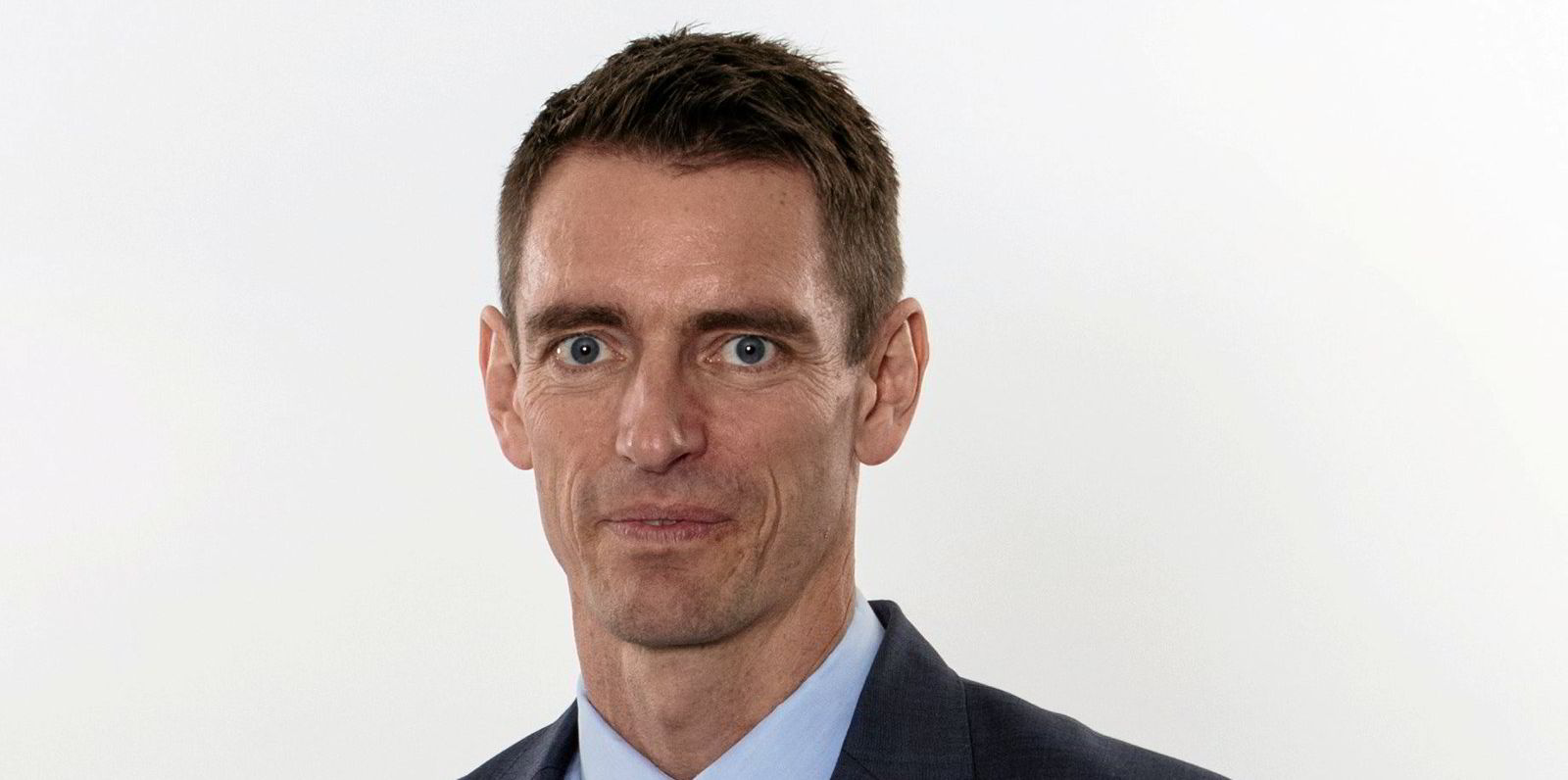Commodity trading giant Trafigura Group cut its indirect Scope 2 emissions last year but saw a small rise in direct Scope 1 emissions largely from shipping activities, according to its 2021 Sustainability Report.
Trafigura, which is one of the world’s largest charterers responsible for over 4,800 voyages every year, achieved a 22% reduction in total Scope 1 and 2 emissions, to 2.66m tonnes of CO2 equivalent during the financial year to 30 September 2021.
The reduction was primarily achieved by switching to renewable energy-generated electricity at two of Nyrstar’s major European smelters.
But Scope 1 emissions increased by 2% overall, mainly as a result of increased activity from Trafigura’s bareboat chartered shipping fleet, the company said. Shipping emissions contributed 37% of the group’s direct Scope 1 emissions in 2021.
Smelting is the most carbon intensive activity within the group, followed by refining and mining, Trafigura said, while shipping is one of its least carbon intensive activities despite its significant contribution to absolute emissions because very large cargoes are transported over very long distances.
Jeremy Weir, executive chairman and chief executive of Trafigura, said the group had pledged to reduce operational (Scope 1 and 2) greenhouse gas (GHG) emissions by 30% compared to 2020 by the end of 2023.
In December 2021, Trafigura announced a target to reduce the intensity of total shipping emissions by 25% by 2030, compared to the 2019 IMO industry baseline and 48% below the IMO 2008 baseline, Weir added.
“The emissions covered by this target encompass around 70% of our reported Scope 3 emissions. In 2022, we will work to identify a longer-term pathway to reduce GHG emissions, with the objective to set new GHG reduction targets from 2024 onwards,” Weir said in his summary to the report.

At COP26, Trafigura announced a commitment to convert six vessels, 18% of its current owned fleet, to use zero-emissions fuels by 2030 - subject to the availability of technology.
It is co-sponsoring with MAN Energy Solutions, the development of a green ammonia two-stroke maritime engine by 2024 for new builds and for retrofitting by 2025.
During 2021, Trafigura screened 22,482 vessels as part of its vessel monitoring programme using PurpleTrack and an end-to-end automated system that allows any issues to be flagged up in real time.
About 10% of vessels screened are flagged up by the system for further review by Trafigura’s compliance department, with the rest cleared for engagement, the company said.
Trafigura has supported the introduction of a carbon levy to speed-up the introduction of low-carbon fuels across shipping and suggested a global levy on marine fuels of $250-300 per tonne of carbon.
“In 2022, we will extend the use of our shadow carbon tax, which informs our investment decisions, to cover our chartering activities,” the company said.
Carbon intensity is also becoming a major specification in oil and gas markets, it said, and Trafigura is working with a growing number of producers and customers to quantify and reduce or find solutions to abate or compensate upstream Scope 3 GHG emissions. It gave as an example an agreement to support the verification of supply chain emissions and identify opportunities to reduce them associated with the production and transport of Russian oil group Rosneft’s export of crude oil from three major ports.
Last year, Trafigura also became a major investor in green hydrogen for industrial customers via a stake in Swiss producer H2 Energy. It established the H2 Energy Europe joint venture to develop green hydrogen ecosystems across Europe, with an initial project in Denmark to build Europe’s largest ‘Power-to-X’ plant now in the planning stage.
Trafigura’s 2021 sustainability report, which also highlights its corporate responsibility policies plus health and safety, environmental and social performance, was again prepared with reference to the Global Reporting Initiative (GRI) Standards and is aligned with the Task Force on Climate-related Financial Disclosures (TCFD) principles.
For the first time this year, it is also aligned with the World Economic Forum’s Stakeholder Capitalism Metrics and represents the group’s United Nations Global Compact (UNGC) Communication on Progress.
Trafigura’s first stand-alone Human Rights Report, followed by its latest Payments to Governments Report will also be published over the coming weeks.






